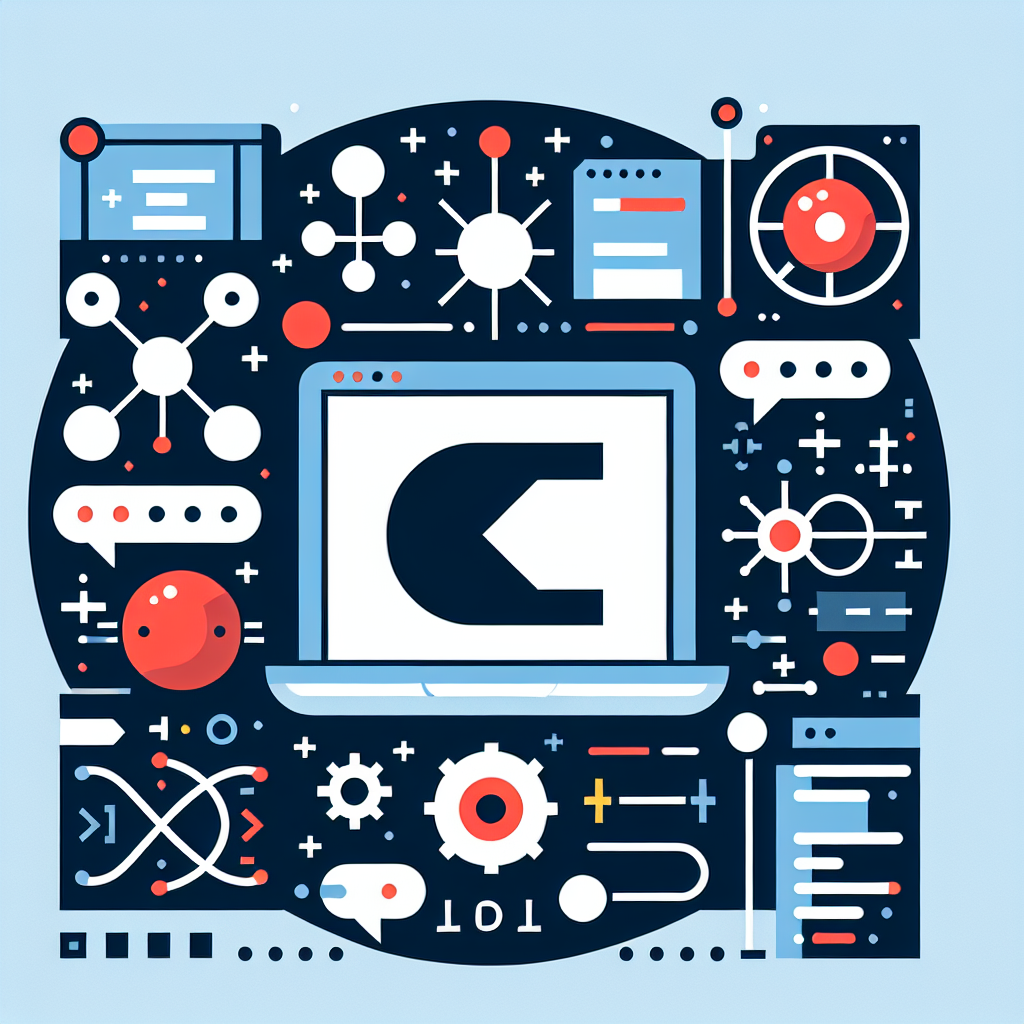Convert R to Dart: Seamless Code Transformation Tool
Effortlessly convert R code to Dart with our intuitive tool. Boost productivity, streamline workflows, and enhance cross-platform development today!
Source Code
Converted Code
Output will appear here...
R to Dart is a powerful conversion tool designed to seamlessly transform R scripts into Dart code, enhancing cross-platform development efficiency. Ideal for data scientists and app developers, it streamlines workflow by reducing manual coding efforts and ensuring compatibility between statistical analyses and mobile app functionalities. Boost your productivity and coding versatility with this essential tool.

R to Dart Conversion Tool Link to this section #
The R to Dart Conversion Tool is designed for developers seeking to translate code from R, a language known for statistical computing, to Dart, a client-optimized language for apps on multiple platforms. This tool simplifies the conversion process, allowing for seamless integration of R algorithms into Dart-based applications.
Key Features Link to this section #
- Easy Syntax Translation: Convert R scripts to Dart effortlessly, maintaining logic and functionality.
- Preserve Data Structures: Ensure vectors, matrices, and data frames in R are accurately transformed into equivalent Dart data types.
- Efficient Execution: Optimize your code in Dart for faster execution and reduced latency.
Benefits Link to this section #
- Cross-Platform Compatibility: Expand your R codebase to mobile and web apps using Dart's versatile framework.
- Enhanced Performance: Leverage Dart's strong typing and Just-In-Time (JIT) compilation for improved performance.
- Community Support: Access a wealth of resources and documentation to aid in the conversion process. Explore Dart's official documentation and R's comprehensive guide.
Code Snippet Example Link to this section #
Here's a simple example illustrating the conversion of a basic R function into Dart:
R Code:
# Calculate the square of a number
square <- function(x) {
return(x * x)
}
Dart Code:
// Calculate the square of a number
int square(int x) {
return x * x;
}
Usage Tips Link to this section #
- Understand Syntax Differences: Familiarize yourself with key syntax differences, such as function declarations and data handling.
- Leverage Libraries: Utilize Dart libraries that offer similar functionalities to R packages, enhancing code efficiency and maintainability.
- Test Thoroughly: Post-conversion, rigorously test your Dart code to ensure it replicates the original R code's functionality.
By utilizing this tool, developers can seamlessly transition their data analysis scripts into robust, multi-platform applications, unlocking new potential for their projects.
Frequently Asked Questions
What is the process of converting code from R to Dart?
The process of converting code from R to Dart involves translating data manipulation and statistical analysis functions to Dart's syntax and libraries. It requires understanding both languages' paradigms and ensuring that equivalent libraries or functions in Dart can replicate similar results as R.
Are there tools available to help convert R scripts to Dart?
Currently, there are no automated tools specifically designed to convert R scripts to Dart. The conversion typically requires manual translation, with developers needing to rewrite R functions using Dart's libraries and syntax, especially for data handling and visualization tasks.
What are the challenges in translating R code to Dart?
Challenges include differences in language syntax, available libraries, and inherent paradigms. R is specialized for statistical computing and graphics, while Dart is a general-purpose language often used for web and mobile applications. Finding equivalent functions and ensuring performance efficiency can be complex during translation.